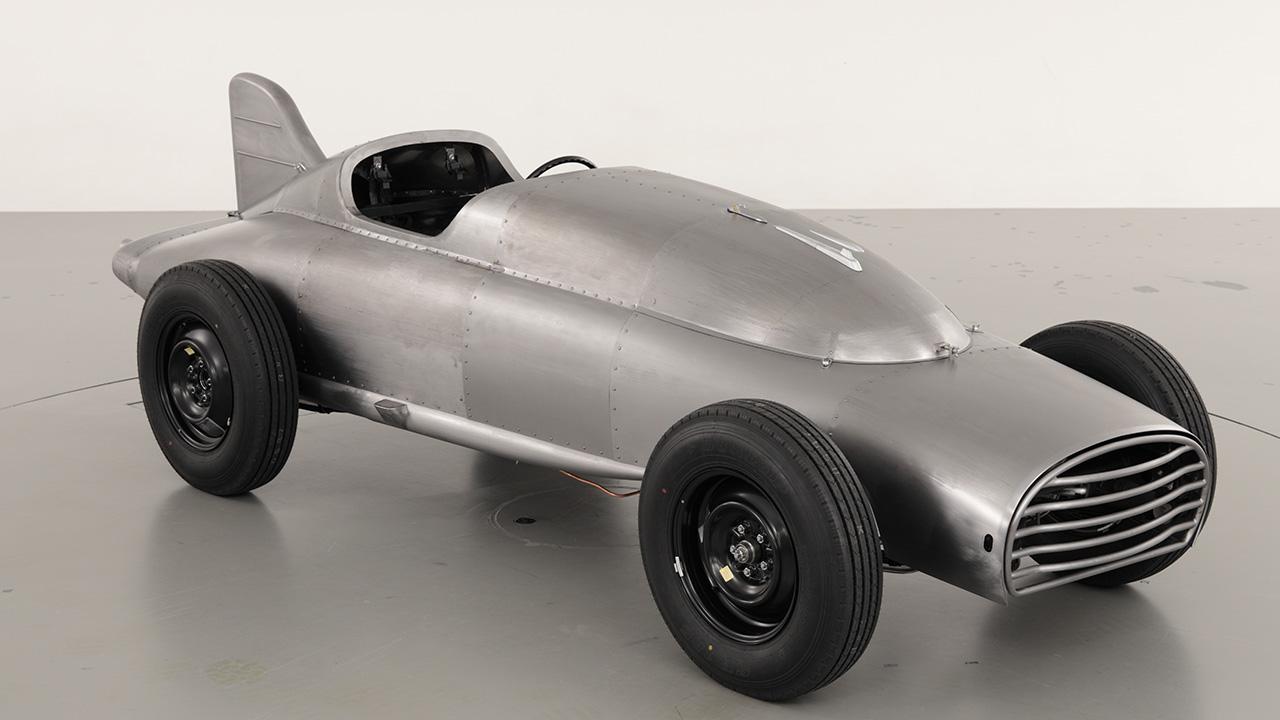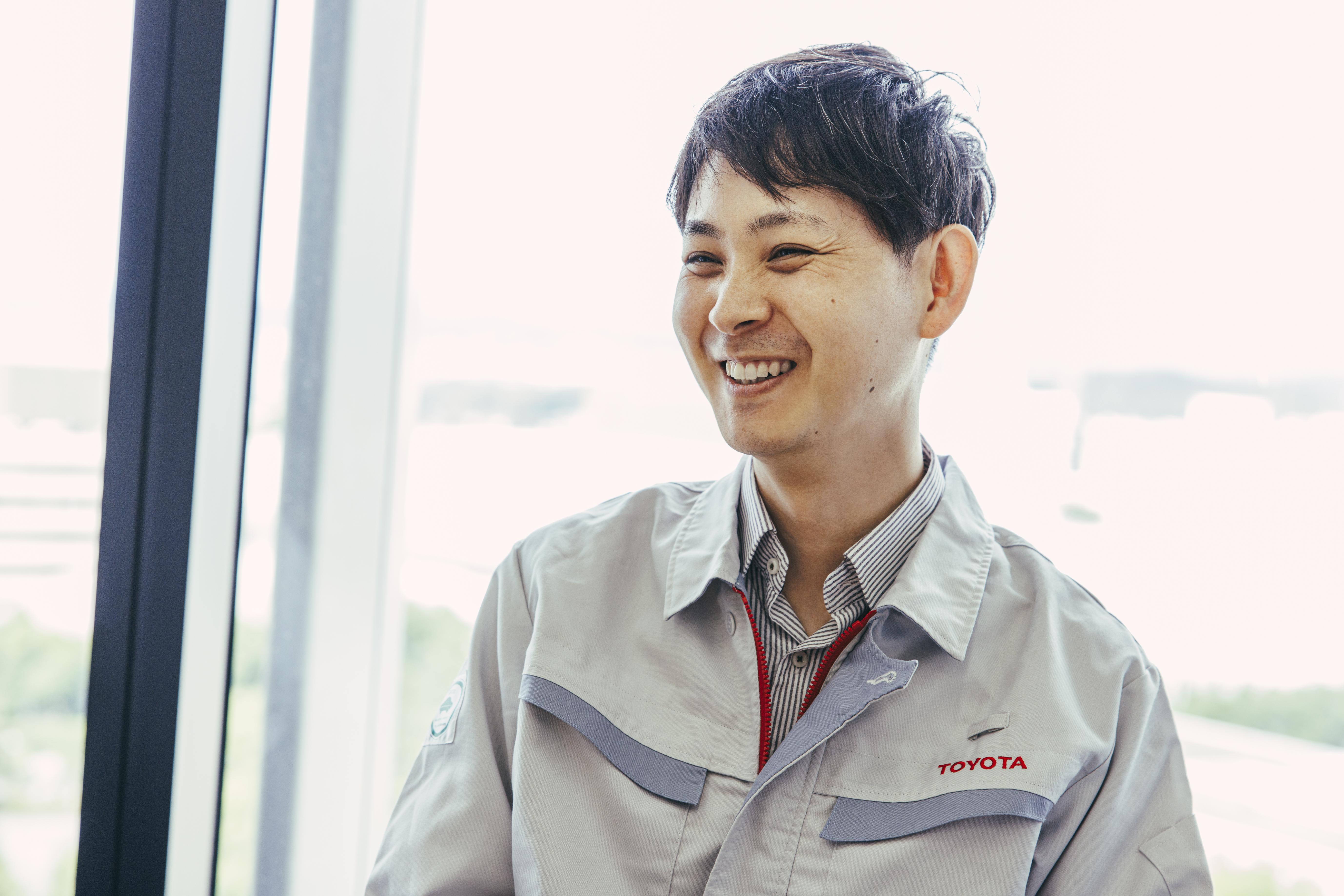
A special project team worked on reviving a Toyopet Racer, Toyota's first racing car from over 70 years ago. This next-to last installment tracks the vehicle's assembly, first run, finishing, and installation as a museum exhibit.
The wonder of carmaking and the passion of earlier generations
From the shakedown to the museum installation, what went through the minds of our three project leaders?
Sugimoto
I’m very anxious by nature, so during the shakedown, I worried whether the suspension we designed and assembled would be okay. A part of me wanted to slam the foot down and go for speed, but I restrained myself and put safety first.

That said, I was able to reach the highest speed on the mobilitas course, and I really enjoyed the drive.
Later, when the executives had their test drives, I was delighted to see them so pleased. Even when some of them hit maximum speed, I could watch with confidence.
When the car was displayed in the museum, I realized that this was it. The project was finally finished.
Watanabe
The shakedown fulfilled my wish to see the car run and brought a sense of relief.

Because the body panels are easily damaged, we ended up removing or reinstalling them for every test drive or event exhibit. Given slight differences between the design and the actual car and the 255 bolts needed for the panels, this was a massive task. We weren’t able to spare much thought for serviceability.
I also won’t forget how another team member, who mainly worked on the body, said they didn’t want too many runs with the panels on because each one meant more scratches.
I felt very proud when the Toyopet Racer was displayed in the museum.
Miki
Before the shakedown, I was genuinely moved in that moment when the four tires first touched the ground.
The full run at mobilitas allowed us to experience what it means to build a car and how wonderful that feels.
In modern cars, the engine starts at the push of a button, and it goes without saying that the vehicle will drive, turn, and stop properly. I realized that the performance and quality we take for granted are a testament to the countless challenges that earlier generations overcame.

At the museum, seeing the Toyopet Racer lined up alongside European racing cars like the Mercedes-Benz W25 (1934), I was also struck by the daring spirit of those who built the machine, determined to one day catch up and overtake their rivals.
Although built nearly 20 years before the Toyopet Racer, the W25 had a maximum output of 354 hp, against only 27 hp for the racer.
In that period right after the war, the technological gap with European cars seemed too vast ever to catch up, and yet they continued to aim higher. I hope people will visit the museum to experience this for themselves.
In Part 2, each of the three leaders shares what they personally gained from the project. We also asked the project’s instigator, Naoaki Nunogaki, who serves as Corporate Citizenship Division General Manager and Director of both the Toyota Automobile Museum and the Fuji Motorsports Museum, to give his thoughts on how it turned out.
(Text: Yasuhito Shibuya)

